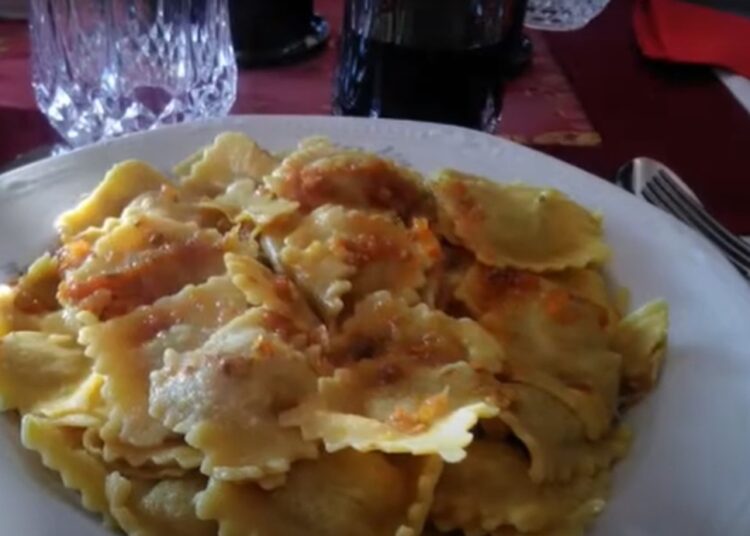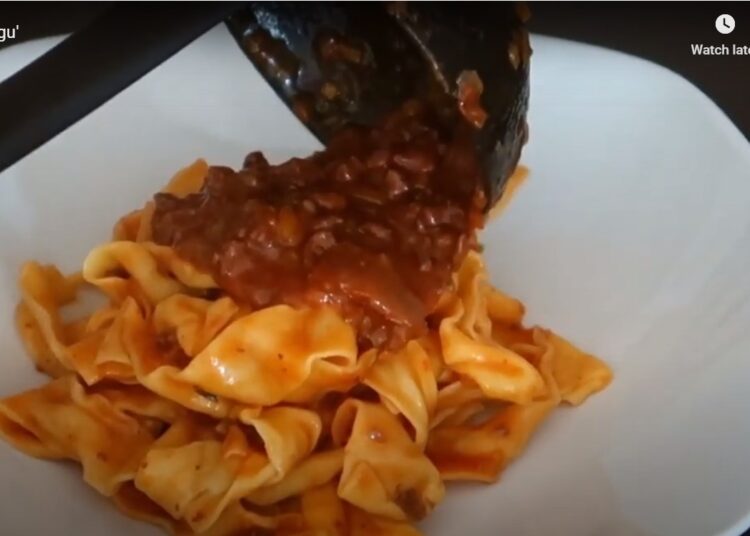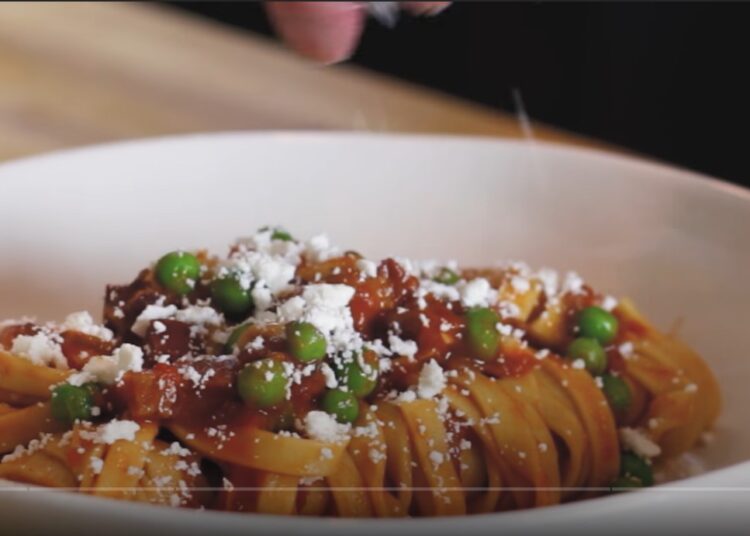We just celebrated National Pasta Day and are still fresh off the carb high. What better time to consider the endless possibilities to enjoy in the coming year?
Italy is practically synonymous with great food—and more especially, great pasta. Sure, there are other images that spring to mind: the clear blue Mediterranean, the post-card views that startle at every turn and the architecture that gives insights into an ancient world that makes history come alive.
But let’s not kid ourselves, there are people who look forward to the exquisite dining to be enjoyed on an Italian vacation even more than all the other fantastic attractions. There’s a legendary array of breads, cheeses, wines, and of course, pasta! Fresh, dry, large, small, long, short, the variety is never-ending—and that’s not even considering the countless sauces that are limited only by the cook’s imagination.
Italy’s fabled cuisine is much more than tomato sauce and meatballs. It’s as varied as the Bel Paese’s geography and climate—not to mention the historical influences brought by numerous invasions and occupations by foreign and diverse cultures.
Every region has its specialties—and this includes its pasta dishes.
Here are five favorites that define a region and get you started on your real or imagined culinary travels.
Piedmont: Agnolotti

Ravioli’s tiny, plump cousin, agnolotti are pillows of dough – often stuffed with cheese, meat, or vegetables and date back to the 12th century. Like a lot of great things, they are a labor of love to make—but oh so satisfying! Agnolotti del plin is the traditional form of the dish, usually served in a light gravy made from braising the meat in the stuffing or in a butter and sage sauce. Round out your meal with a bottle of Moscato D’Asti, a sweet, sparkling white native to the Piedmont region that pairs well with dessert.
Tuscany: Pappardelle

Long, wide, and ribbon-shaped, pappardelle is typically made with an egg-based dough so the pasta comes out fluffier. You’ll typically see pappardelle on menus in Florence during the winter, because the pasta is usually served with heavier ragus made with gamey meats like wild boar. If you’re not into game, try a recipe with sauce closer to a bolognese. When it comes to wine pairings, Chianti is the obvious choice. The most famous wine in the Tuscan region, the dark-fruit flavors and high acidity of Chianti will go nicely with a rich, meaty pappardelle dish.
Lazio: Bucatini

You can’t go to Rome in Italy’s Lazio region and not have bucatini. Bucatini is a round, tubular pasta formed with a hole in the middle. It’s best served al dente to give it a chewier texture, and is believed to come from the Lazio region. You can find bucatini in a host of different dishes like classic carbonara or cacio e pepe, both popular Roman staples, but bucatini really shines when paired with amatriciana sauce. Amatriciana is a hearty red sauce that is surprisingly quick to make, and features a hint of spice from red pepper flakes, and a rich fattiness from sliced guanciale, or pork cheek (or bacon or pancetta). As for a wine to accompany it, Sangiovese is a good choice, especially Sangiovese Romagna, because its cherry and tomato notes will complement the spicy sauce.
Abruzzo: Spaghetti Alla Chitarra

One of the most interesting pastas is spaghetti alla chitarra which is made by pressing sheets of pasta into long, square-shaped strands through a pasta cutter that resembles a box holding guitar strings. This distinctive pasta cutter was developed in Abruzzo, and is difficult to find outside of the region, making the pasta a special treat specific to the area. Just like bucatini, spaghetti alla chitarra is versatile and can be served with a variety of sauces. But for those who value simplicity, pomodoro sauce is a good go-to. Easy, and highly dependent on good tomatoes (San Marzano, of course), a bit of basil, and some quality pecorino, pomodoro sauce is traditional Italian cooking at its best. Naturally, you’ll want to grab a bottle of Montepulciano d’Abruzzo; like spaghetti alla chitarra, it’s specific to the region.
Puglia: Orecchiette

To experience Puglia in one dish, make orecchiette. The small, dome-shaped pasta’s name means “little ear” in Italian, and is made by rolling pasta dough with a knife, then inverting it on your thumb. Orecchiette with sausage and broccoli rabe is perhaps the most well-known dish made by mixing together garlic, olive oil, sausage, broccoli rabe, and some pepper flakes to taste. Pair with a crisp Chardonnay from the Puglia region, and you’ve got an authentic dish with all evocations of the sunny region that originated it.












